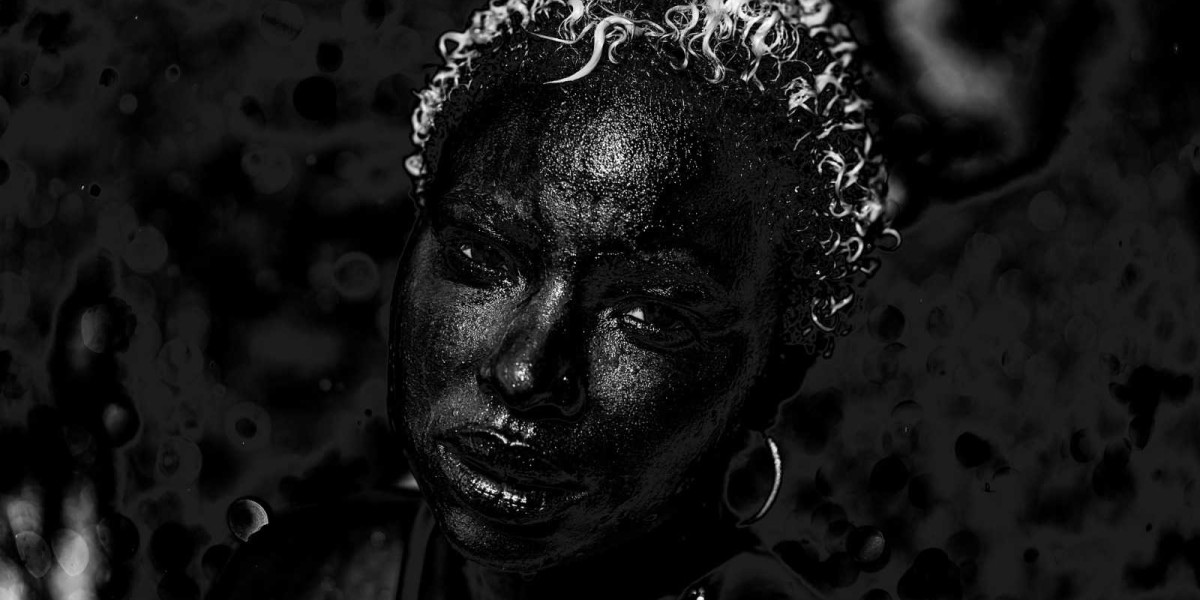The Tragic Eradication
The History
The eradication of the Haitian black pig, also known as the Creole pig, was a significant event in the early 1980s, driven by fears of African Swine Fever (ASF) spreading from Haiti to North America. This eradication campaign was led by the United States and Canada, with the support of organizations like USAID.
The Creole pig was highly valued in Haiti, serving as a key economic asset and cultural symbol. These pigs were well adapted to local conditions and were an essential part of the peasant economy, acting as a savings account for many families. They were also important in Vodou rituals and as a source of food security.

The Problem
Fearing that ASF might spread to North America and threaten the U.S. hog industry, the eradication program aimed to eliminate all indigenous pigs in Haiti. By 1984, approximately 1.3 million Creole pigs had been slaughtered. The U.S. and Canada then introduced replacement pigs from North America, but these new breeds required more resources and care than the Creole pigs. They needed expensive feed and better living conditions, which many Haitian farmers could not afford.
The eradication of the Creole pig had devastating effects on the Haitian economy and environment. Many farmers were forced to turn to other sources of income, such as charcoal production, which contributed to severe deforestation. The program also led to a significant reduction in school enrollment, as families lost a critical source of financial stability.
The Impact
The program is widely regarded as a failure and a source of long-lasting economic hardship for Haiti. The replacement pigs did not adapt well to the local environment, and the eradication left many Haitian families without a reliable means of economic support.
The Struggle for Recovery
Efforts to Restore
Despite the massive eradication campaign, the original Haitian Creole pig still exists in small numbers in Haiti. Efforts have been made in recent years to repopulate Haiti with a new variety of pig that is similar to the original Creole pig. Haitian and French agronomists have been involved in breeding these new pigs to help restore the population and provide similar benefits to the Haitian peasantry that the original pigs offered.
The Challenges
Repopulation efforts for the Haitian Creole pig are primarily taking place in the Central Plateau region of Haiti. Jean-Baptiste Chavannes, a prominent leader in the National Congress of Papaye Peasant Movement, has been instrumental in these efforts. However, these efforts have faced challenges, including a recent outbreak of teschen disease, which has hindered progress. Despite these setbacks, there is ongoing work, including testing vaccines, to ensure the survival and proliferation of these pigs in Haiti.
Global Comparisons
Countries such as China have breeds of pigs that share many characteristics with the Creole pig, being black and robust, well-adapted to harsh conditions. This similarity has made Chinese pigs a candidate for breeding programs aimed at reintroducing resilient pigs to Haiti. Additionally, efforts to create a new breed similar to the original Haitian Creole pig by crossbreeding pigs from Guadeloupe, China, and France are ongoing.
The Road to Resolution
The Path Forward
In Latin America, countries such as Mexico, Brazil, and Cuba have breeds of pigs that are similar to the Haitian Creole pig. These pigs are often well adapted to local conditions, similar to the Haitian Creole pig, which thrived in Haiti due to its resilience and ability to subsist on minimal resources.
Efforts in these countries have focused on preserving and promoting these resilient pig breeds, recognizing their importance to rural and peasant communities as reliable sources of income and food security.
The Hope for Restoration
While the population of these pigs remains limited, these efforts signify an important step towards reintroducing a breed that was crucial to the livelihood and cultural heritage of Haitian farmers. The new pigs aim to be as resilient and well-adapted to local conditions as the original Creole pigs were, helping to support the economic stability of rural communities in Haiti.
Conclusion
The eradication of the Haitian Creole pig was a tragic chapter in the history of Haiti, driven by international fears and resulting in long-lasting economic and environmental damage. However, the ongoing efforts to restore this vital breed reflect the resilience and determination of the Haitian people. As these efforts continue, there is hope that the Creole pig will once again become a symbol of economic stability and cultural pride in Haiti.
This article highlights not just the past tragedy but the ongoing struggle and hope for recovery, embodying the spirit of resilience and the quest for justice and restoration. The story of the Haitian Creole pig serves as a powerful reminder of the importance of preserving indigenous breeds and supporting sustainable agricultural practices globally.
Sources:
- Wikipedia: Creole pig
- Native Breed.org: Creole Pig
- Living on Earth: The Creole Pig
- Grassroots International: Peace Offer?
- Haiti Chery: Exporting Misery to Haiti





























